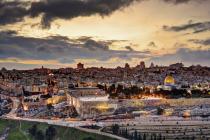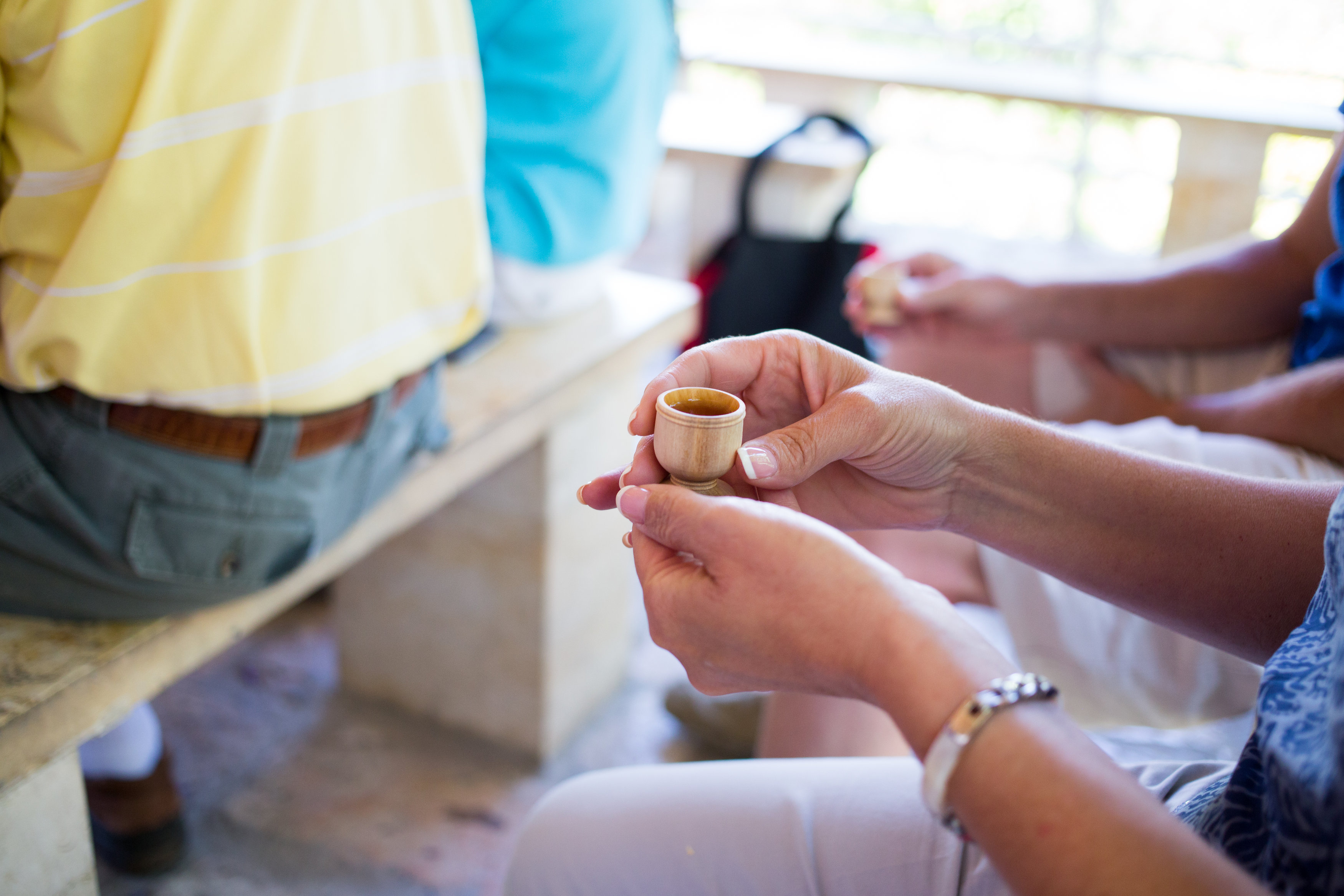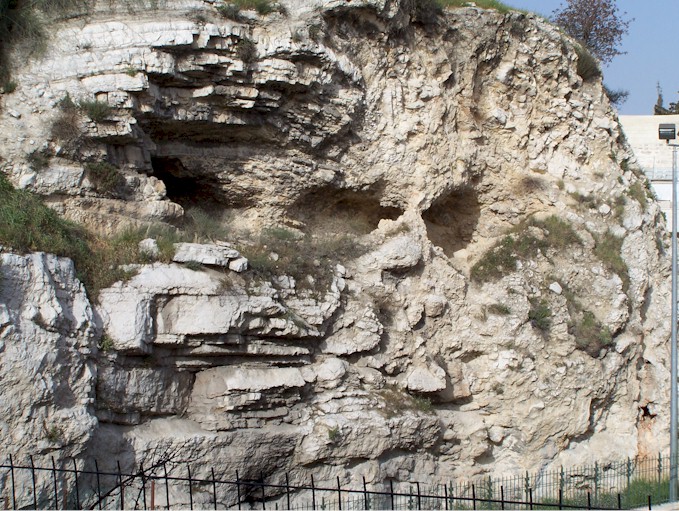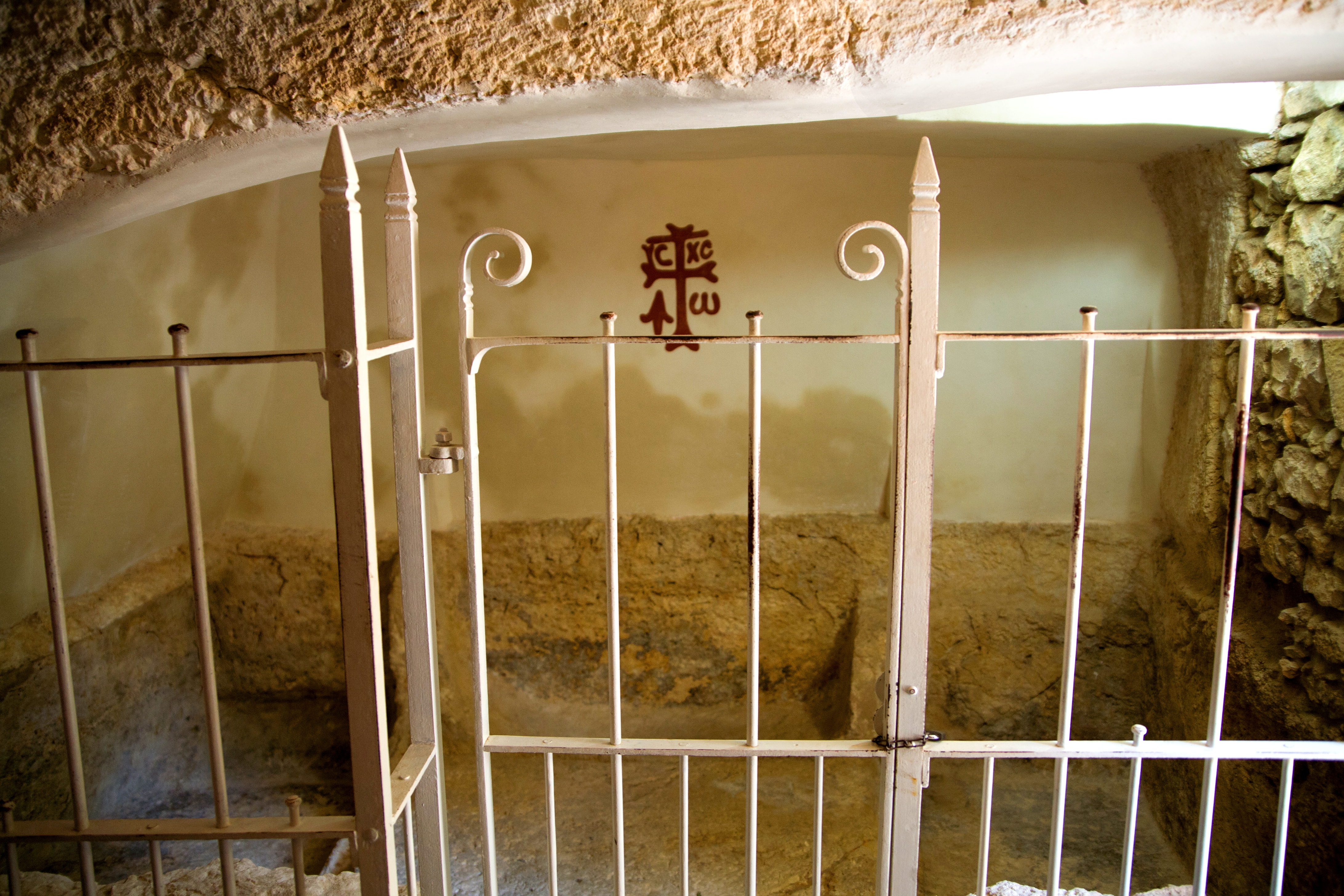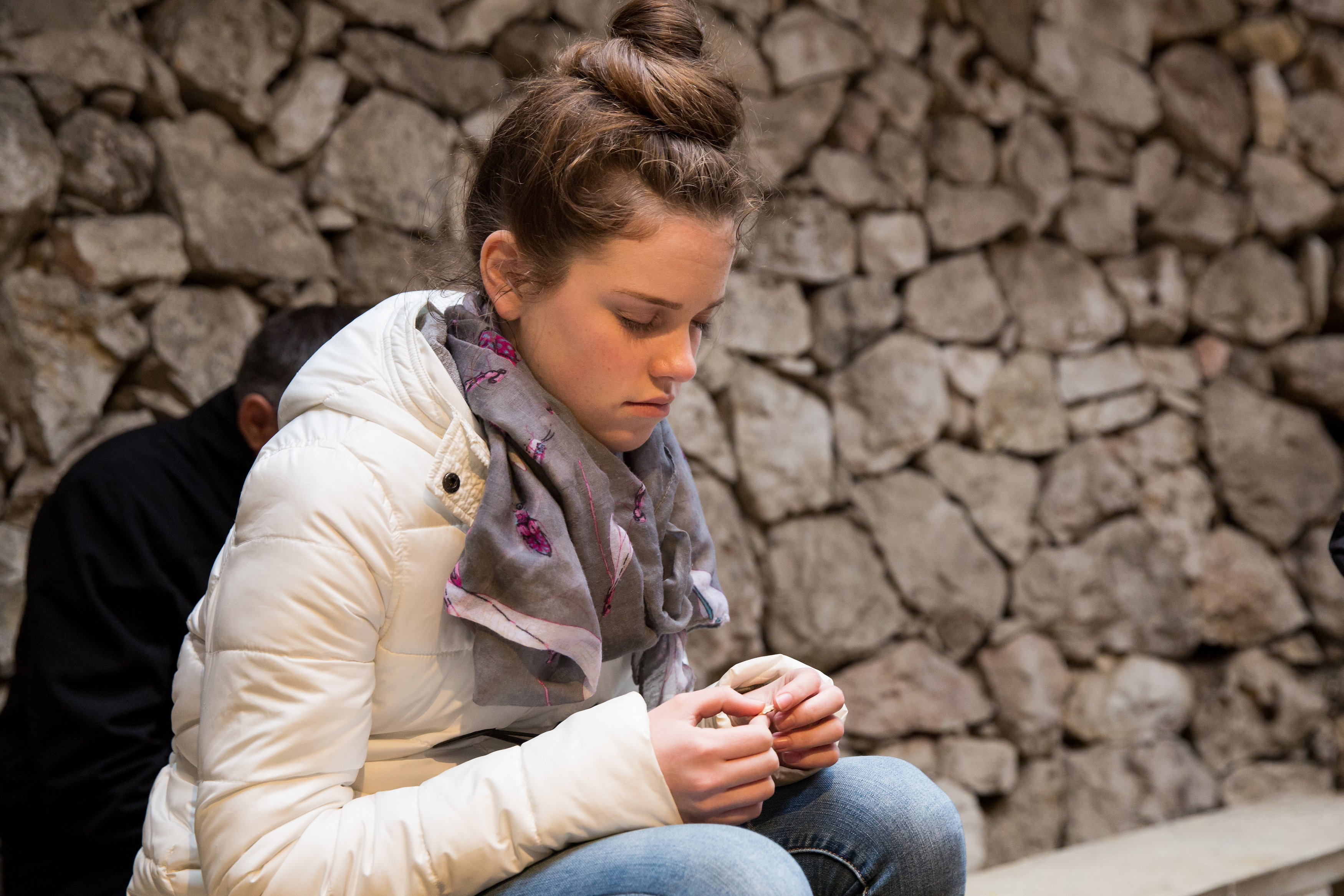Mysteries of the Garden Tomb
From the shores of Galilee to the bustling streets of Jerusalem, our Israel tours bring passengers face-to-face with biblical history. But few sites have the spiritual impact of the Garden Tomb. Discovered in 1867, this revered destination is observed as the site of Jesus’ Resurrection. Our tour groups always spend time worshipping and reflecting here. Most even share communion in this holy space.
The Garden Tomb has long been a top pilgrimage site for visitors to Jerusalem, earning TripAdvisor’s Certificate of Excellence and Traveler’s Choice award. It was also nominated by the Israeli Tour Guides’ Association as the best tour site in all Israel. But as powerful as the Garden Tomb experience is, much regarding it remains unknown. Even more intriguing, numerous mysteries surround the Garden Tomb that invite deeper exploration.
What and where is Golgotha?
The Gospels identify a place called Golgotha as the site of Jesus’ Crucifixion (Matthew 27:33). Golgotha means “the place of the skull,” and historians have long debated about what’s behind this description. Some suggest it was a hill shaped like the round top of a skull. Others theorize that Golgotha comes from the Aramaic Gol Goatha, which means “mount of execution” (possibly mentioned in Jeremiah 31:39). Still others say that a place of execution would be riddled with abandoned skulls, and the name simply references these human remains—even though the Gospel accounts consistently refer to a singular skull.
Intriguingly, an ancient Jewish tradition even maintained that Golgotha referenced the skull of Adam, thought to be buried on the city’s execution hill. This suggests a symbolic theological connection between Jesus and Adam, much like that made by the Apostle Paul in 1 Corinthians 15:45.
However, in 1842, the German scholar Otto Thenius offered another idea: that the ancient Golgotha actually looked like a skull. He identified a rock outcrop north of Damascus Gate. Two large, natural cavities on the south side of this cliff, viewed from a distance, resembled the eyeless sockets of a skull—which could have resulted in its name. The north, west and east sides of the hill are rounded, like a skull, and an execution site at the top of it would have been highly visible to people in the city.
Today this area is known in Jerusalem as Skull Hill. The Garden Tomb is just around the corner from it.
Why does the Church of the Holy Sepulchre claim Christ’s burial site?
The oldest Christian traditions maintain that Jerusalem’s Church of the Holy Sepulchre contains both the sites of Christ’s Crucifixion and burial. This dates back to 325 A.D., when Helena, the mother of the Roman Emperor Constantine, identified it as such. Visiting Jerusalem, she claimed that she discovered remnants of the “True Cross” and built a Christian church at this location that connected the two holy sites. Prior to this, the site had been a temple to the Roman goddess Aphrodite.
In the centuries since, the Church of the Holy Sepulchre became a popular pilgrimage destination for Roman Catholic and Greek Orthodox Christians. It remains so today. However, many biblical archaeologists and theologians have questioned the accuracy of the location. The site is located well within the walls of Jerusalem’s Old City. Not only does this contradict the biblical account, it goes against Jewish law during the days of Jesus. The Jews considered burials unclean and would not have buried a body within Jerusalem proper.
How was the Garden Tomb discovered?
After Otto Thenius identified Skull Hill, a Greek family looking for water happened upon a small underground cavity cut into the same outcrop as the “face” of the skull. Thinking they had found a cave, they notified Conrad Shick, a famed archaeologist. Christian symbols outside the cavity indicated the truth of the discovery—it had once been used as an ancient tomb.
What do the markings mean?
After this discovery, archaeologists began studying and further excavating the site. This revealed religious markings—signs of Christian burials—dating at least to the days of Christ. One was an anchor-cross on the outside wall. Use of this stylized cross, a reference to Hebrews 6:19, dates to the earliest centuries of Christianity. Another cross was discovered carved into the rock face above the tomb.
Furthermore, two painted crosses were discovered inside the tomb. Though the red pigment quickly faded upon being exposed to air, these markings were of Byzantine design and potentially as old as the 5th or 6th centuries. The crosses were accompanied by Greek letters referencing Jesus as the Alpha and Omega. Other excavations showed that a church may once have been constructed near the tomb.
These findings point to the Garden Tomb being a place of Christian significance within just a few centuries of Jesus’ death and Resurrection.
Does the Garden Tomb match the biblical descriptions of the empty tomb?
The Bible says Jesus was crucified not within Jerusalem, but near the city (John 19:20) and “outside the city gate” (Hebrews 13:12). He was buried in a tomb belonging to the wealthy Joseph of Arimathea. This tomb was “cut out of the rock” (Matthew 27:60). It was a new tomb, “in which no one had yet been laid” (Luke 23:53). It was located near where Jesus was crucified and in the proximity of a garden (John 19:41). It apparently had a low doorway, which required Mary Magdalene to bend over to look inside it (John 20:11).
Located on the north side of Jerusalem, right outside the Damascus Gate, the Garden Tomb fits these physical descriptions. A groove in the ground outside the tomb indicates it could have once been sealed with a large stone. Other excavations show the area may have been a garden during the time of Christ—likely part of a vineyard belonging to a man of wealth. However, more recent investigations indicate it may have been part of a larger burial system dating as far back as seven centuries B.C.
So is the Garden Tomb the actual tomb of Jesus?
This is the biggest and most significant question, of course. We asked Fiona Saunderson, trustee member of the British board which manages the site. “At no point does the Garden Tomb Association ever claim that this Tomb was definitively the one in which the body of Jesus Christ was lain; rather they explain that this tomb was in the right possible place at the right possible time to have been and so serves as a brilliant visual history and easy reminder of one of the most important moments in history—the finding of an empty tomb.”
Many Roman Catholics still believe the Church of the Holy Sepulchre is the location of Christ’s tomb. Many Protestants now believe the Garden Tomb represents His burial place. But a number of theologians and archaeologists have challenged the authenticity of both of these sites, saying the actual tomb may be located somewhere else. The truth is that we still don’t know for sure.
Regardless, the Garden Tomb exemplifies a common tomb used around the time of Christ’s death. As such, it serves as a visual reminder of Jesus’ atoning sacrifice. In this peaceful abode, thousands of Believers come every year to reflect on the life, death and Resurrection of their Savior. For them, the fact that Jesus is, indeed, raised from the dead is the most meaningful truth of all.
"He is not here, for He has risen, just as He said. Come, see the place where He was lying.” —Matthew 28:6






